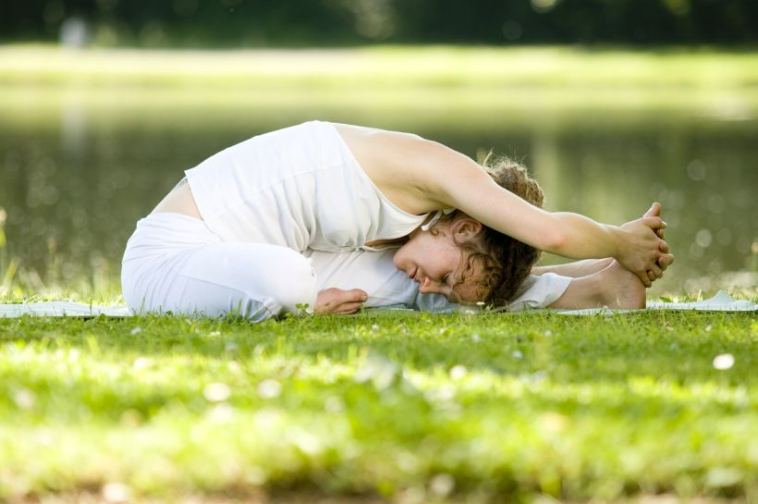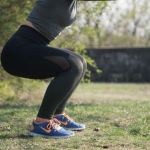- Like
- SHARE
- Digg
- Del
- Tumblr
- VKontakte
- Flattr
- Buffer
- Love This
- Save
- Odnoklassniki
- Meneame
- Blogger
- Amazon
- Yahoo Mail
- Gmail
- AOL
- Newsvine
- HackerNews
- Evernote
- MySpace
- Mail.ru
- Viadeo
- Line
- Comments
- Yummly
- SMS
- Viber
- Telegram
- JOIN
- Skype
- Facebook Messenger
- Kakao
- LiveJournal
- Yammer
- Edgar
- Fintel
- Mix
- Instapaper
- Copy Link
Take a breather from stress through yoga.”
–Jason Freskos
Introduction

Despite its popularity as a physical exercise, yoga has been primarily a meditative practice. For thousands of years, yoga has sought to create mindfulness and relaxation by connecting a practitioner’s mind and body. Yoga poses provide an opportunity to pay attention to how your body moves, but controlled breathing is the foundation for this awareness.
Like many others, Jason Freskos has experienced the restorative effects of concentrated breathing. He finds this especially helpful to reduce the stress that comes with being a business owner, broker, and entrepreneur. As a seasoned yoga instructor, Jason Freskos uses pranayama. This is the practice of focused breathing through yoga. These techniques are an essential part of the exercise. Controlled breathing alleviates stress, increases alertness, and can even improve overall health.
While practitioners often experience these benefits first hand, science is beginning to support these claims as well. Although more studies are needed, recent research has found a correlation between daily yoga breathing and a decrease in depression symptoms. Similarly, controlled breathing has been proven to affect the immune system, explains Jason Freskos. Published in the BMC Complementary and Alternative Medicine journal, researchers presented findings that yoga participants had significantly lower levels of peptides in saliva that are related to stress and inflammation. Another theory suggests slow, steady breaths exude calm feelings by adjusting brain chemistry and the nervous system. Intentional breathing can control the body’s unconscious responses such as heart rate, digestion, and stress-inducing hormones like cortisol.
With so many proven benefits, it’s worth incorporating into your own health and fitness routine. Jason Freskos recommends trying these four yoga breathing techniques for improved meditation and mindfulness.
Abdominal Breathing
Called belly or diaphragm breathing, this technique is the most common. Often used in beginning yoga, it promotes a more general, healthy, and efficient way of breathing. Simply inflate your abdomen when inhaling. As you exhale, try to empty as much air as possible.
Ujjayi Breathing
This is represented by deep, victorious breathing. By concentrating on slow, smooth breaths, this type is typically found in flow yoga classes as a way to help regulate breathing as you transition through each pose. Try it by constricting the back of your throat. Through a closed mouth, breathe in and out, advises Jason Freskos.
Interval Breathing
Also known as interrupted breathing, students are instructed to pause and hold their breath. This occurs when inhaling, exhaling, or both. This is a more advanced method but helps exhibit a greater control of the process. Inhale fully. Then, release your breath in one-third increments until fully released. Repeat this for a couple of rounds.
Alternate Nostril Breathing
This is perhaps the best style for meditation. Just as the name implies, hold one nostril closed while inhaling through the other. After you exhale, Jason Freskos explains, switch your hands to block the opposite nostril. Again, repeat this several times.


